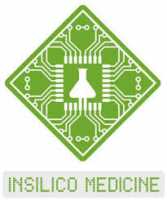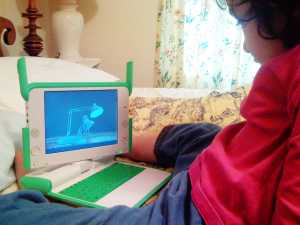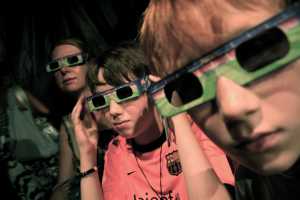MedicalResearch.com Interview with:
Suresh Vedantham, M.D.
Principal Investigator, ATTRACT Trial
Professor of Radiology & Surgery
Mallinckrodt Institute of Radiology
Washington University School of Medicine
MedicalResearch.com: What is the background for this study? What are the main findings?
Response: About 300,000 Americans each year are diagnosed with a
blood clot (deep vein thrombosis, DVT) for the first time. In total, about 600,000 Americans have a DVT each year, as noted in the 2008 Surgeon General’s Call to Action.
Despite the use of standard treatment (blood thinning drugs and compression stockings), about 40% of DVT patients develop a long-term complication called
post-thrombotic syndrome (PTS). PTS impairs patients’ quality of life and typically causes chronic pain and swelling of the leg that occur on a daily basis. In many patients, this leads to major disability the prevents them from walking, working, or conducting normal daily activities. Some patients develop painful open sores on the leg called “venous ulcers”, that are difficult to heal.
Pharmacomechanical catheter-directed thrombolysis (“PCDT”) is a minimally-invasive treatment that removes blood clots through a tiny (2-3 mm) incision using the clot-busting drug tissue plasminogen activator (TPA) along with catheter-based devices that can chew up the clots. The benefits and risks of PCDT have not before been evaluated for DVT treatment in a rigorous study.
The final results of the
ATTRACT Trial, which was primarily sponsored by the National Heart Lung and Blood Institute (NHLBI) of the National Institutes of Health (NIH), are being published in The New England Journal of Medicine. ATTRACT, the most rigorous study to date of clot-busting treatment for DVT, was a multicenter randomized controlled trial comparing PCDT and standard therapy versus standard therapy alone in 692 patients with above-knee DVT. This landmark study, conducted in 56 U.S. hospitals, was led by Principal Investigator Dr. Suresh Vedantham, Professor of Radiology & Surgery at the Mallinckrodt Institute of Radiology at Washington University in St. Louis, along with outstanding DVT researchers at McMaster University (Hamilton, Ontario [Canada]), the Massachusetts General Hospital (Boston, MA), and the Mid America Heart Institute (Kansas City, MO).
The
primary study result is that for most patients with DVT, the addition of PCDT to standard therapy does not prevent the development of PTS. Because the use of PCDT involves a small but significant increase in major bleeding complications, it should not be routinely used as first-line DVT treatment. However, PCDT did reduce the severity of PTS and appeared likely to provide better relief of DVT-related leg pain and swelling. Further analyses will determine which DVT patients are most likely to experience these benefits.
(more…)







